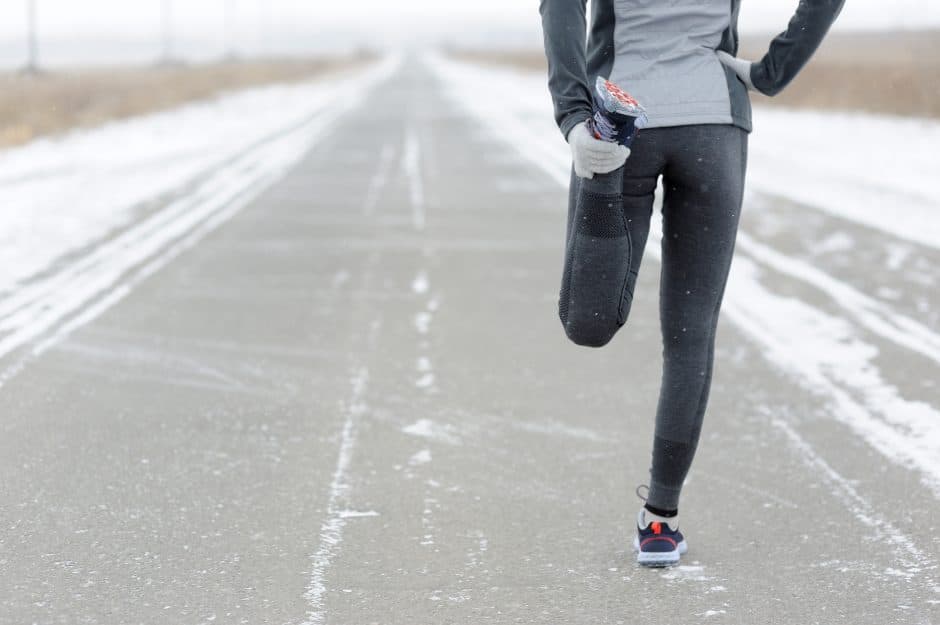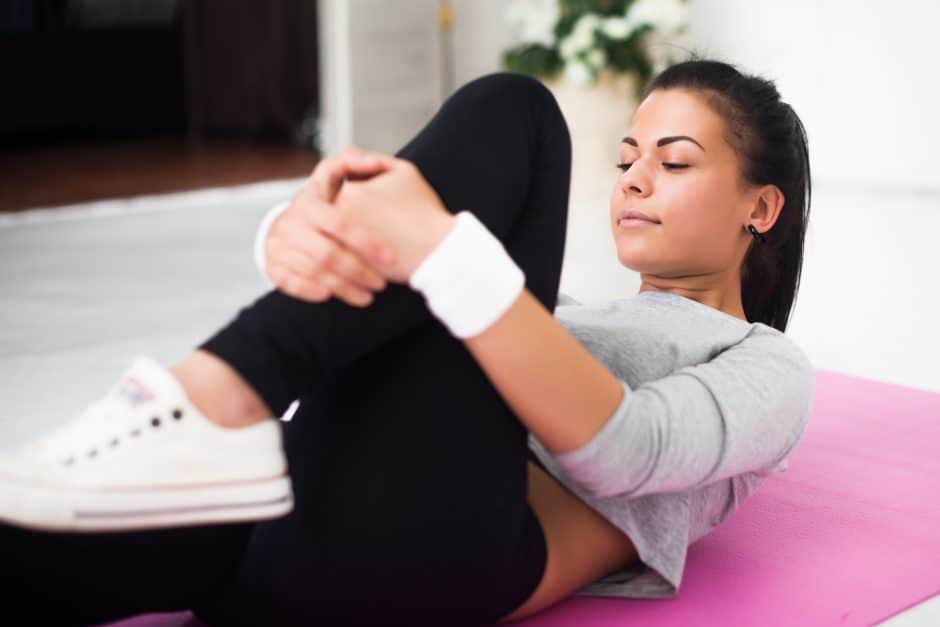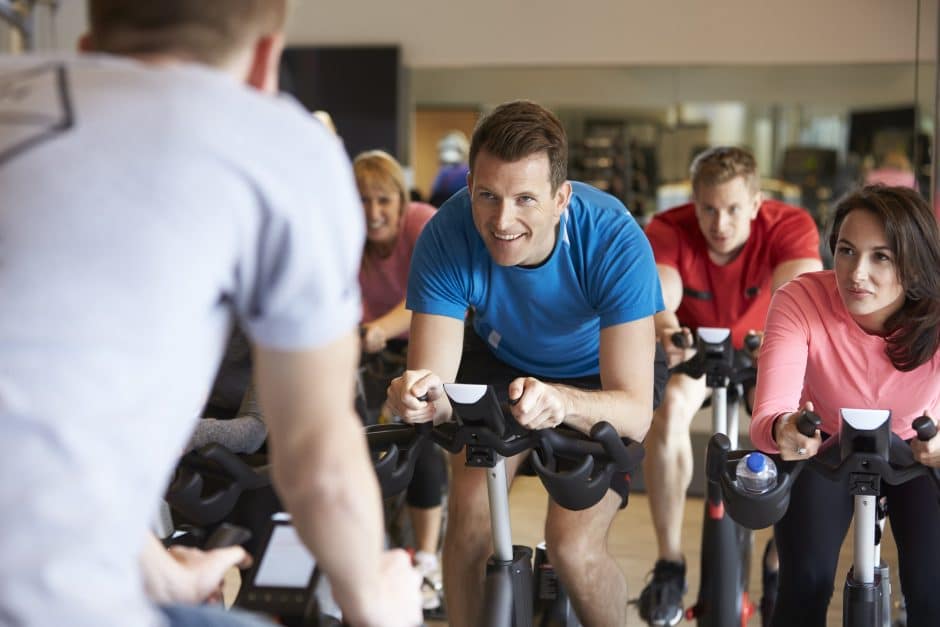Has your resolution to exercise more in 2017 begun to slip?
Even those of us with the best of intentions can find that “real life” gets in the way of a regular exercise routine. Work and family schedules, social obligations, holidays and even the weather can distract us from our goals.
However, we all recognize the great values of exercising. A fitness routine reduces stress, boosts energy levels, increases sleep quality and helps us lose weight and build muscle.
As inactivity and obesity are common risk factors for heart disease and strokes, including heart failure, heart attacks and high blood pressure, exercise is an indispensable key to longevity. Managing heart disease, a leading cause of death, costs over $100 billion dollars annually. It is estimated that only one-third of adults regularly work out. By taking simple measures to increase our physical activity, we can chip away at these staggering figures.
If you’d like to renew your commitment to feeling and looking your best in 2017, here are some ways to stay on track according to the experts.
Getting Started

Making a commitment to regular exercise starts with a simple decision and clear goals. It’s also important to be approved by a physician before taking on a new or strenuous fitness regimen.
One of the best ways to begin is by writing things down. List your goals, and then write down a timeline for their completion. Make sure your goals are both realistic and measurable. Brendan Sullivan, lead physical therapist for Chester County Hospital’s Center of Physical Rehabilitation and Sports Medicine, says, “Start with small goals that you can achieve and use that as motivation.” Then create a contract with yourself and sign it.
Decide on how and where you will exercise. Would you like to lift weights, focus on cardiovascular exercise or a combination of the two? Biking, running, walking and swimming are all fantastic, heart-healthy activities. Consider where you will exercise, whether in a gym, outdoors or in your home. If you enjoy team sports and healthy competition, look into area recreational leagues. Remember: do something that you enjoy and you will be more likely to stick with it.
Surround yourself with people who support and motivate you. Finding someone to work out with is a great way to mutually increase motivation and accountability. You can help each other to create the positive changes you seek. Sullivan also suggests seeking out supportive fitness communities online with Facebook, in existing Fitbit communities and in other social media forums.
Get Up and Go

The next step, though sometimes challenging, is simple: do it. Get up and start moving. Once you start exercising, you will find a natural momentum kicks in, and you’ll be glad you did!
Each time you work out, go in with a plan. Know what you want to accomplish. Make sure that you are hydrated, and warm up well and stretch to reduce injury. Follow up with a cool-down and stretch session, and be sure to replace lost fluids.
Be sure to chart each and every session to maintain a record. Sullivan says, “I think records of progress and exercise help you see the growth—and potential!”
You can expect some delayed soreness, particularly after beginning a new or vigorous exercise program. This is perfectly normal and usually begins 24–48 hours after the activity, resolving a few days later. Don’t let the soreness stop you in your tracks. Rather, work out a different muscle group or modify your exercise regimen until it lets up.
You should stop exercising and see a physician if you experience chest pain, shortness of breath, joint pain or swelling.
Maintaining Your Progress

Start out easy and increase your activity as you are able. Try to achieve 30–60 minutes of exercise 3–5 times per week. “Make it a habit,” Sullivan advises.
If exercise is new to you, you might be able to tolerate only 5–10 minutes at first. That is okay. Keep it up and, as your body adapts, you will be able to increase your time. Doing too much too soon can cause injury.
Try to incorporate cardiovascular exercise, light weight training and flexibility training for a well-rounded regimen. You might want to consider classes at gyms or working with a qualified personal trainer. The pool is a great environment for those with joint pain; the buoyancy of the water helps to minimize the stress and strain on joints. It also allows for an easy transition from cardiovascular to resistance training.
For a holistic approach, make smart decisions on diet and nutrition, and drink plenty of water. Healthy eating complements an exercise program, which together promote overall well-being. Seek advice from qualified professionals about nutrition to optimize your health.
Perhaps most importantly, make exercise a priority and treat it like an appointment. Sullivan says, “Schedule it into your day like everything else. For me, that’s first thing in the morning!”
Sneak It In

Think you’re too busy to work out? Exercise doesn’t have to take place at the gym. Here are some simple ways to increase your activity throughout your day:
- Take the stairs instead of the elevator.
- Do squats while brushing your teeth.
- Exercise while watching television.
- Walk when on the phone.
- Plank in bed before going to sleep.
- Park farther away from stores and your workplace and walk.
Did you know that the average person walks the equivalent of three times around the earth in their lifetime? Make it four!
Incredible Benefits of Exercise

Working out increases sleep quality, allowing us more restful and rejuvenating sleep. Wake up each day feeling alert and renewed.
We also lose weight when we exercise, which has many benefits beyond appearance. By losing weight, we greatly relieve stress on our essential joints. For every pound of body weight you lose, you take three pounds of added stress off of your knees. For hips, each pound translates into six times the pressure. With every step you take, your moving body puts pressure roughly equal to three times your weight on your hips and knees. Additionally, working out builds the muscles surround the joints, which in turn protect them.
For those over 50, exercise is key to maintenance of skeletal muscle, which can deteriorate with inactivity. We see a 15% loss of muscle strength per decade between ages 50 and 70, and 30% loss from ages 70 to 80. Regular exercise works to combat this decline. While only 13% of individuals between the ages of 65 and 74 and 6% of those 75 years and older report engaging in vigorous activity for 20 minutes three or more days per week, the evidence is clear that working out holds phenomenal benefits for seniors.
We also boost our immunity through regular exercise. The body becomes better equipped to fight off disease and recovery times are reduced. Our workouts keep us on our feet.
As for calories, the more we move, the more we burn! Check out this list for the number of calories burned every 10 minutes in common activities:
- Running, 130 calories
- Swimming, 105 calories
- Basketball, 90 calories
- Tennis, 75 calories
- Cycling, 65 calories
- Walking, 50 calories
- Gardening, 46 calories
- Sleeping, 11 calories
Renew Your Commitment

Chester County Hospital offers two courses that well help you jumpstart and maintain your routine with the guidance of health professionals. Weight Matters is an 8-week program that helps people lose or manage their weight with education on healthy eating and physical activity. It starts February 6 and costs $100, though some insurance plans cover the cost. Struggles and Solutions is a group lifestyle coaching program and helps people who may be struggling with maintaining a healthy lifestyle, such as staying active, sticking with an exercise routine and making wise dietary choices. The group meets every second Monday and it is free.
With so many benefits, making exercise a part of our routine seems like a no-brainer, yet many of us are pressed to find the time and motivation to regularly work out. By making a clear plan that includes a timeline and measurable goals, we clear the first hurdle. When we prioritize exercise and keep a record of our progress, we motivate ourselves to achieve our long-term goals. With this expert advice and a can-do attitude, we can reap the innumerable benefits of meeting our fitness resolutions this year.
This post was brought to you by Chester County Hospital, which is part of Penn Medicine. Celebrating 125 years of service this year, Chester County’s oldest hospital has a long history of being dedicated to the health and well-being of our community.
This article appeared in its original form on the Chester County Hospital website.
- Photos: BigStock



